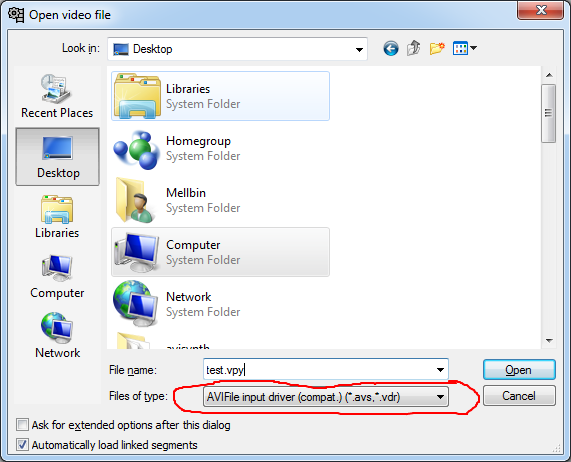It’s time for another release since it’s been over a week. The new things are a redone system for accessing frame properties and this time it’s less awkward and arcane, the possibility to write a full filter in python only (if you’re clever enough to figure out how to abuse ModifyFrame) and the memory management has been enabled. This means that VapourSynth will aggressively try to keep the amount of used framebuffer memory below 1GB to avoid running out of address space.
I also added all useful internal Avisynth filters turned into a standalone plugin to the downloads. It should make the transition to VapourSynth easier while waiting for your favorite internal filter to be ported. If your favorite filter happens to be a simple one I suggest you give porting it a try yourself.
As I feel the core is almost complete now I will focus on creating more automated regression tests, documentation everything and tweaking the automatic cache size adjustment for the next release. Phase one of the project is nearing the end. After that I will focus on porting popular filters properly, as in making them work on Windows, Linux and OSX in both 32 and 64bit mode. As some of you may have noticed I’ve already ported EEDI3 and I’m currently working on TIVTC, a difficult project (but not for the right reasons) which I’ll write another post about.

